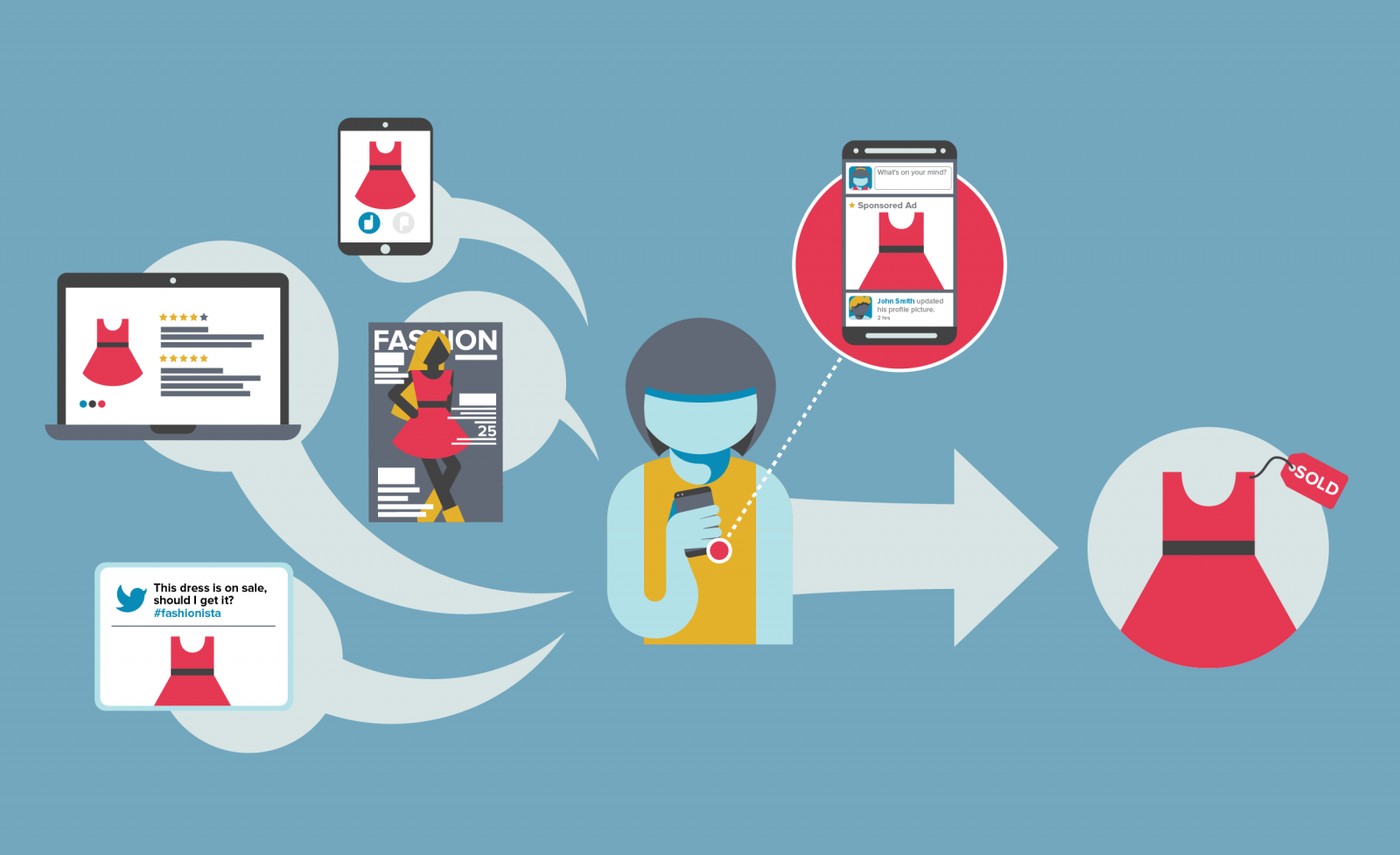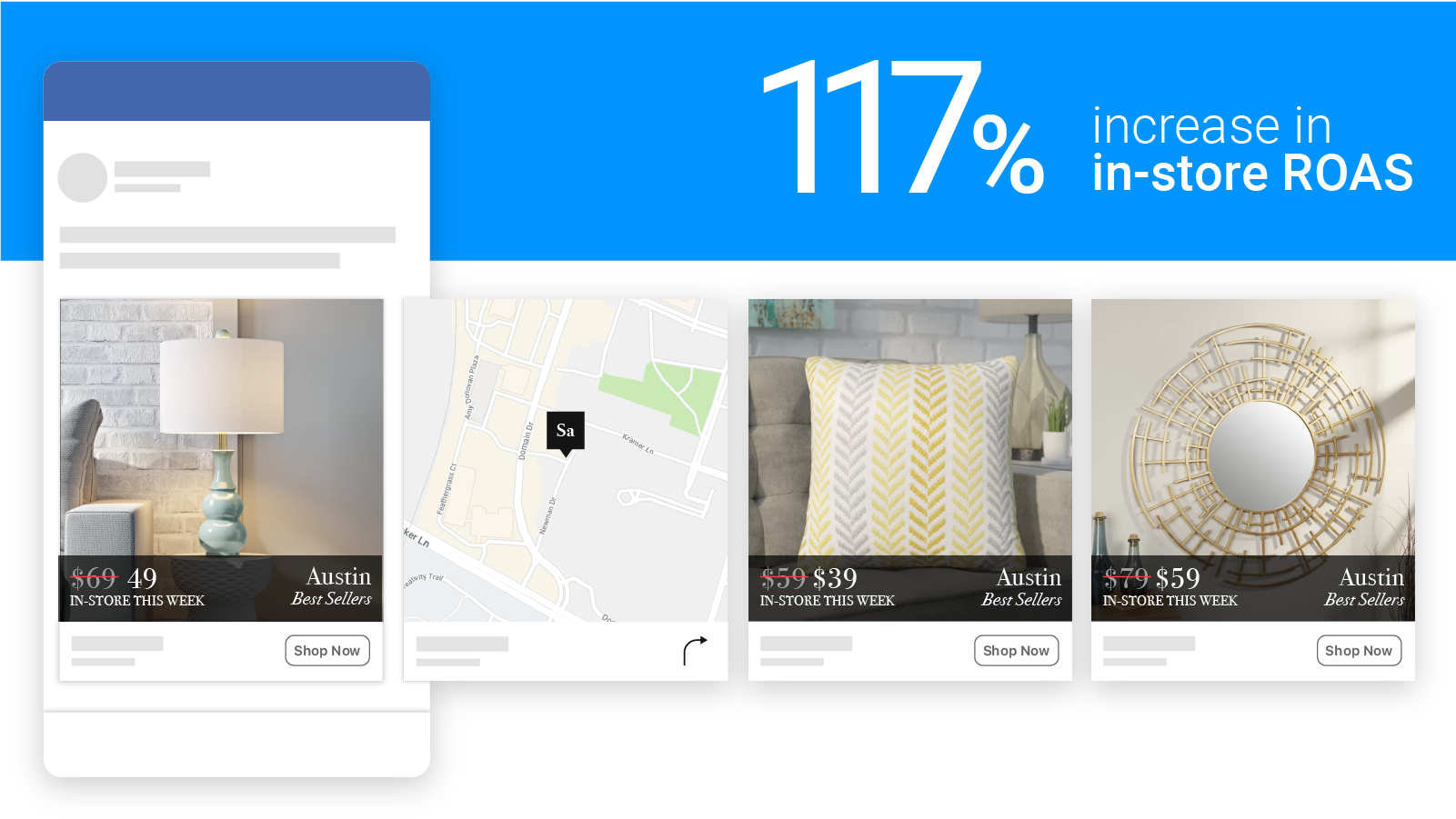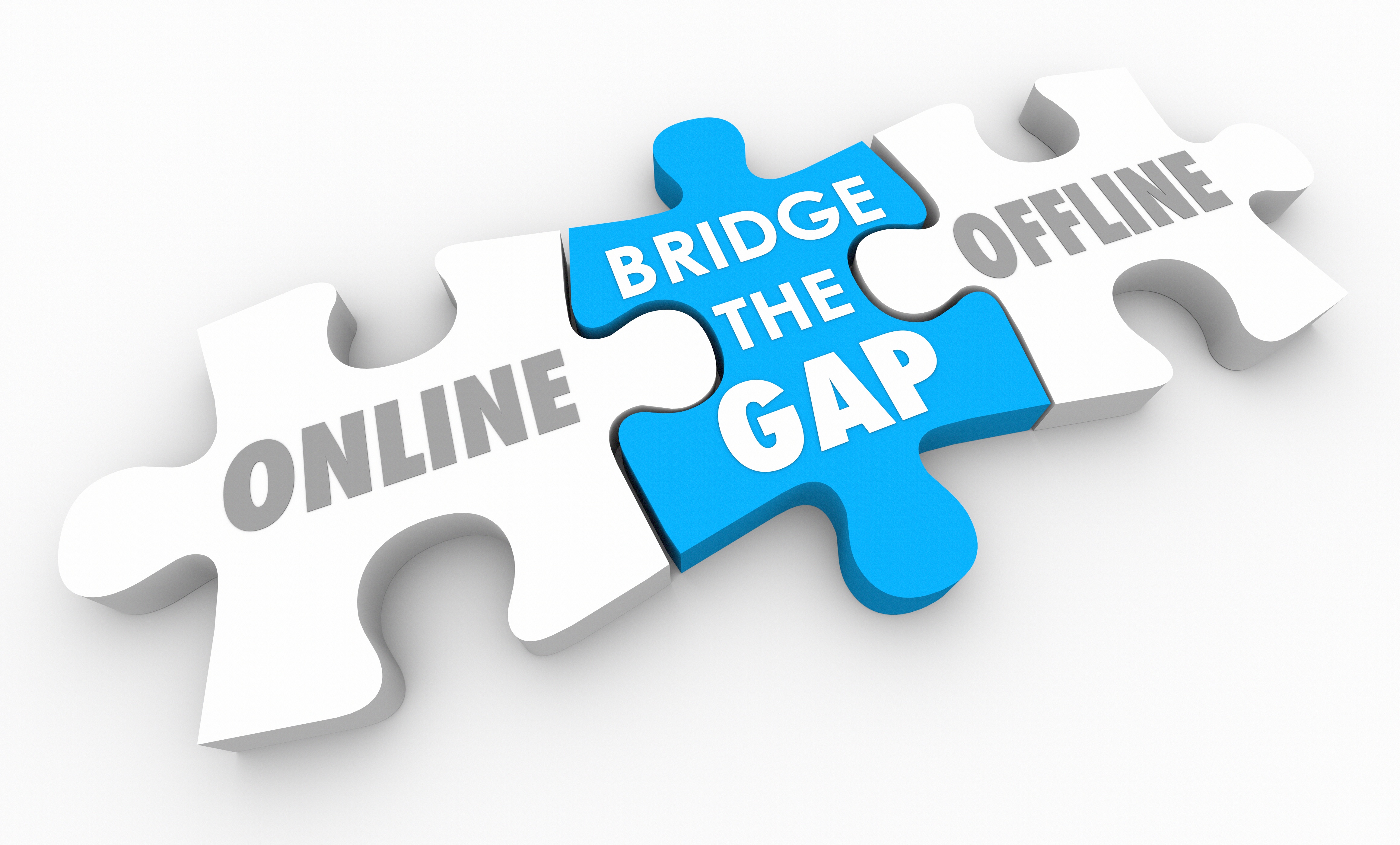Even though society is obsessed with the internet, life also happens offline. That includes sales and social metrics. In fact, 87% of marketers surveyed stated data was their organization’s most underutilized asset. All of the information is there for the taking, it just needs to be used in the right way.

Signal
For example, if you own a retail store, have you established a way to connect your in-store sales with those from your website? How do you know if the same customers are visiting you in-person after buying online?
If you have no way of connecting these two touchpoints in the funnel, how will you ever have a completely clear picture of who your customers are? It’s all about connecting online and offline data.
The Perfect Tools
One in three industry professionals state that the right technology and data collection is an essential element to better understanding their customers. In a recent survey, 44% of marketers claimed they have a data management platform and 33% are looking to get one. So, brands realize the importance of data and the technology they need to manage it.

Lotame
However, many marketers report that there are internal technical hurdles to becoming a data-driven organization including:
- 42% who lack integration between data collection apps.
- 20% who do not have the technology to collect online customer data.
- 15% of marketers who do not have the right tools to store information properly.
Thankfully, large social media brands like Facebook have given SMBs the opportunity to compete in the big leagues. They do this by offering a variety of tools to easily connect offline and online data. Facebook also makes it affordable for most businesses to participate.
Facebook Targeting
A few years ago, Facebook released a tool for offline conversion tracking. They realized the importance of retailers tracking their digital efforts into a physical (real-life) space/store. They also wanted to show people the impact of Facebook ads in real-time. The offline conversion measurement solution tracks actions from the real-world such as:
- In-store retail purchases
- Phone orders
- Customer inquiries
- Loyalty programs
- Point-of-sale interactions
Anything that has occurred as a direct result from your online advertising.

StitcherAds
In 2017, Facebook allowed advertisers to build custom audiences online using offline data to re-engage and retarget in-store customers. Thus, the circle was completed. There was now online information applying to offline activities, and vice-versa. Additionally, marketers could now create “lookalike” audiences to mimic the metrics of their in-store customers.
Store Sales Optimization (SSO)
The latest and greatest Facebook tool is called Store Sales Optimization. This tool allows a brand to target online users that are “most likely” to make an in-store purchase. It’s a new way of driving retail sales. Using machine learning, the program combines online and offline data to analyze an audience and make educated guesses for segmentation.
Retailers can optimize their campaigns to target in-store sales by selecting an offline conversion event. Facebook will then serve your ad to the people most likely to be interested in your product. They do this by using a brand’s integrated in-store data with other offline data sources. It’s a means of automating your audience segmentation in a smart way.

StitcherAds
So, does it work? Indeed. Several studies have shown a significant increase in campaigns optimized through Facebook’s SSO program. In fact, when comparing prospecting campaigns optimized for online conversions vs. store sales, SSO increased in-store return on advertising spend (ROAS) by 117% and omnichannel ROAS by 9%.
Technology helps a brand maximize their advertising budget towards campaigns that will drive in-store sales. Facebook is definitely leading the way in terms of connecting the online and offline arenas of retail.

Exactag
It can be easy for a digital marketer to sometimes forget about the impact their online efforts have in the real world. Integrating the two data-sets allows for a more well-rounded view of your audience and their expectations, both in-person and online. Bridging this gap initiates a seamless customer experience that increases sales and drives brand loyalty. What more can you ask for?
